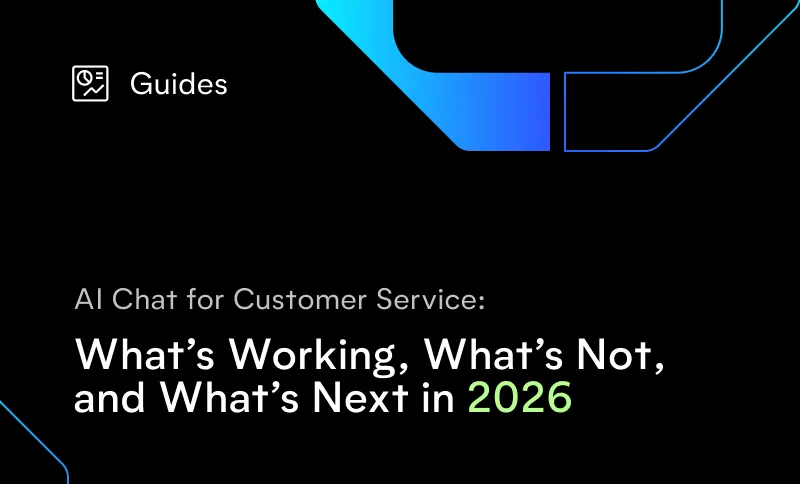
How Conversational AI Compares to Chatbots
Conversational AI and chatbots are different. As call centers become more automated, it’s important for organizations to understand and compare the difference between the two. Both have important roles in today’s contact center, offering different advantages and benefits for businesses.
It’s hard to believe that chatbots have actually been around since the 1960s. According to Information Age, the first chatbot was created at the Massachusetts Institute of Technology in 1966 and was named ELIZA. Based on a very rudimentary decision tree, this chatbot would continue to evolve for years to come.
Today, we are witnessing the chatbot’s development into what is now known as conversational artificial intelligence (AI). An article in Forbes notes that “as chatbots evolve, we are seeing a continuum of progress that will soon make it nearly impossible to tell the difference between human and artificial intelligence in service desk and customer service functions.”
How do chatbots vs. conversational AI compare?
Chatbots use automated rules to interact with customers over text and online chat. They are capable of addressing set requests and providing rerouting or transfer support.
Conversational AI uses natural language processing and machine learning to extract intents from customers and fully understand and resolve requests. This allows customers to speak or type naturally without having to use specific keywords to be understood.
Key Differences Between the Two
The differences between chatbots and conversational AI revolve mostly around how they understand calls and end goals. Chatbots rely on keywords to understand customer requests, which means that questions must be asked one at a time using programmed keywords to be effective.
With conversational AI, customers can speak or type naturally and ask multiple questions. Chatbots are also commonly used to route customers to self-service options or specific webpages, whereas conversational AI aims to fully resolve issues.
Key Benefits of Both
A chatbot using AI offers an additional layer to a contact center. They are designed to help customers navigate other resources such as FAQ and websites, promoting self-service to help clients help themselves to the information that already exists.
Their goal is to keep callers off hold and remove them from agent queues by directing them to existing resources. Chatbots are task-oriented and often operate as FAQ systems or re-routing tools to get customers to specific areas of a website or call center.
Conversational AI, on the other hand, is a much more robust solution with a long list of contact center benefits. Conversational AI achieves higher CSAT scores than chatbots due to their ability to understand natural speaking patterns and resolve issues. They also come with dedicated analytics dashboards that provide deep learning into the customers that are calling the contact center.
Conversational AI delivers a proven ROI across multiple aspects of a contact center including staffing, training, customer and agent retention, outbound service, and more.
How Conversational AI Stands Above
Conversational AI is built to automate call centers as a whole, rather than only singular customer tasks. It can intelligently learn and upskill on its own, providing adaptive responses and greater value the longer a call center uses it.
It can also interact with a CRM to perform customer requests such as account updates, scheduling, or bookings as well as provide agents with smart notes from previous caller interactions. Conversational AI can be HIPAA, Soc2, and PCI compliant while performing complex, sensitive tasks.
Replicant’s Intelligent AI Solution
Our conversational AI system is an intelligent solution that understands natural language. It improves and learns over time and provides a wide range of data and analytics to help companies improve and grow. Try our intelligent conversational AI solution now.



.svg)


